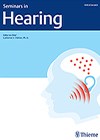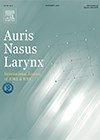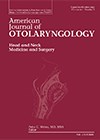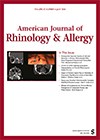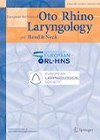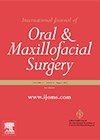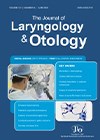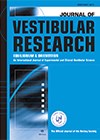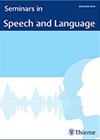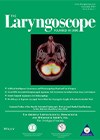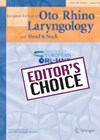
Journal Reviews archive for 2023
Are we all in the matrix?
In the entirety of training and in further practice, we are instilled with the premise of patient-centred care and individualised management plans based on informed consent. The question in the new age of telehealth/e-health is how to mimic that personalisation...
Success of butterfly myringoplasty in myringosclerosis
Butterfly inlay myringoplasty is a simple surgical technique used in the repair of tympanic membrane perforation. The authors evaluated the effects of myringosclerosis on the success of surgery by reviewing demographic data, perforation size and hearing outcomes of patients undergoing...
Retrospective review of paediatric salivary gland tumours
As is the case with adults, primary tumours of the salivary glands in children comprise a heterogeneous collection of different histological types. This paper presents a retrospective review of primary salivary gland tumours in children treated over the course of...
More aggressive FESS for recalcitrant CRS is the key
This is an interesting paper assessing the effectiveness of endoscopic modified medial maxillectomy (MMM) in cases of recalcitrant chronic rhinosinusitis (CRS), (the technique was also used for tumours, cystic fibrosis, FB, odontogenic disease and AFS) in 551 patients. The technique...
Transcutaneous vs. percutaneous bone conduction devices
Bone conduction devices (BCD) have proven to be effective options for hearing amplification in patients who are not candidates for conventional hearing aids. This study prospectively surveyed 70 patients with BCD using the COSI (Client Oriented Scale of Improvement) and...
Technique for benign tumours in the tail of the parotid gland
This is a retrospective study of 89 patients from China, 49 of whom were treated surgically by a partial superficial parotidectomy through retrograde approach, and 40 treated as an extracapsular dissection for benign tumours of the tail of the parotid...
Day case orthognathic surgery
This paper analyses whether patient safety is maintained when orthognathic surgery is performed as an outpatient. This Swedish paper reviewed 165 patients, 107 of whom were to have what was termed outpatient care, and of which 101 (94%) were able...
Is it necessary to put ventilation tubes at the time of surgery in children with cleft palate?
It is commonly understood that existence of a palatal cleft is associated with abnormal action of tensor veli palatini muscle. Frequent middle ear effusions therefore occur because this muscle obstructs rather than opens the Eustachian tube on yawning and swallowing,...
Persistent postural-perceptual dizziness (PPPD), psychosomatic or not? The debate continues
PPPD continues to provoke debate since the diagnostic criteria emerged in 2017. This review covers two commentaries because they are best considered together: the first one, by HK and BS-U, concluded that PPPD is a psychosomatic disorder (in fact, ‘a...
Motor learning: better knowing how, not how well
Motor learning is described as the ability to perform a motor skill due to practice and/or experience. Research on interventions to enhance limb motor skills can be influenced through the amount, distribution, variability and schedule of practice as well as...
How does temporomandibular dysfunction affect voice-related quality of life?
Temporomandibular dysfunction (TMD) is a group of neuromuscular or musculoskeletal problems that affect the muscles and fascia related to chewing and jaw opening. Patients are often seen in ENT clinics because of symptoms such as trismus, pain and muscle tension,...
ChatGPT Quiz skills need refinement!
On 30 November 2022, ChatGPT was launched, free for all to use online. For those who are not aware, ChatGPT (Chat Generative Pre-trained Transformer) is an artificial intelligence (AI) chatbot which utilises the web to create detailed and natural human-like...

